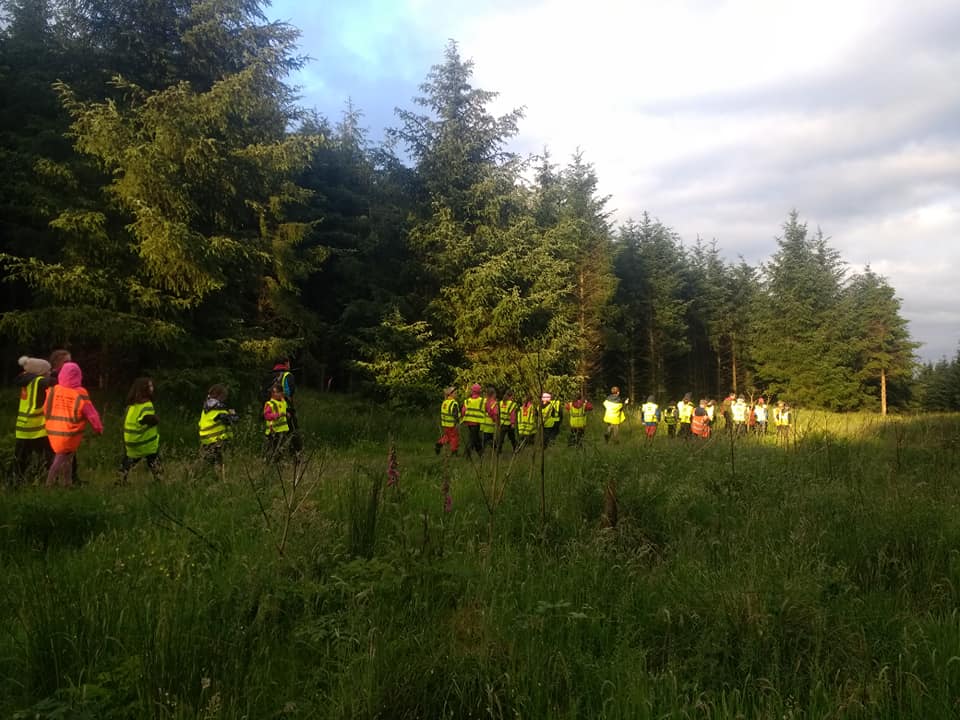
In any organization, team sport or endeavor there needs to be a method, a structure, a culture which underpins its purpose. An obvious example is a team sport like hurling or soccer. There is an ethos; a coaching method; a place where the game is played; a progressive structure as you develop in the game; a team structure; an identity; and a set of rules to play by.
In Scouting we apply the Scout Method, which has 8 interconnected components, to achieve our aim:
- Scouting fosters a value system based on the Scout Promise & Law. This value system becomes the method by which a Scout lives and works with others.
- Through learning by doing and reviewing our experience, we gain knowledge about the task completed and about ourselves.
- Scouting happens outdoors whenever possible. Challenge, adventure and a sense of freedom are all present in close contact with nature and away from everyday home life.
- The success of the Scout’s task or adventure is not important. The dynamics of the team, and the growth of the individual within that team, is of real importance. Each Scout will progress at their own speed through Scouting challenges individually and within their small team.
- In Scouting we work in small teams so Scouts learn individually and in teams. Every Section is a collection of small teams, not a collection of individual Scouts.
- We use names, themes, stories and traditions to spark the imagination and to aid learning. In so far as possible this is created by the Scouts themselves.
- Scouting is a movement FOR young people and supported by adults. In the younger Sections the adult’s support is greater, whereas in older Sections the adult’s role lessens and it becomes more of a partnership.
- Scouts interact with their local community. Service to others is the element of the Scout Method dealing with this commitment. We support young people to become active citizens and to work to create a better world.
